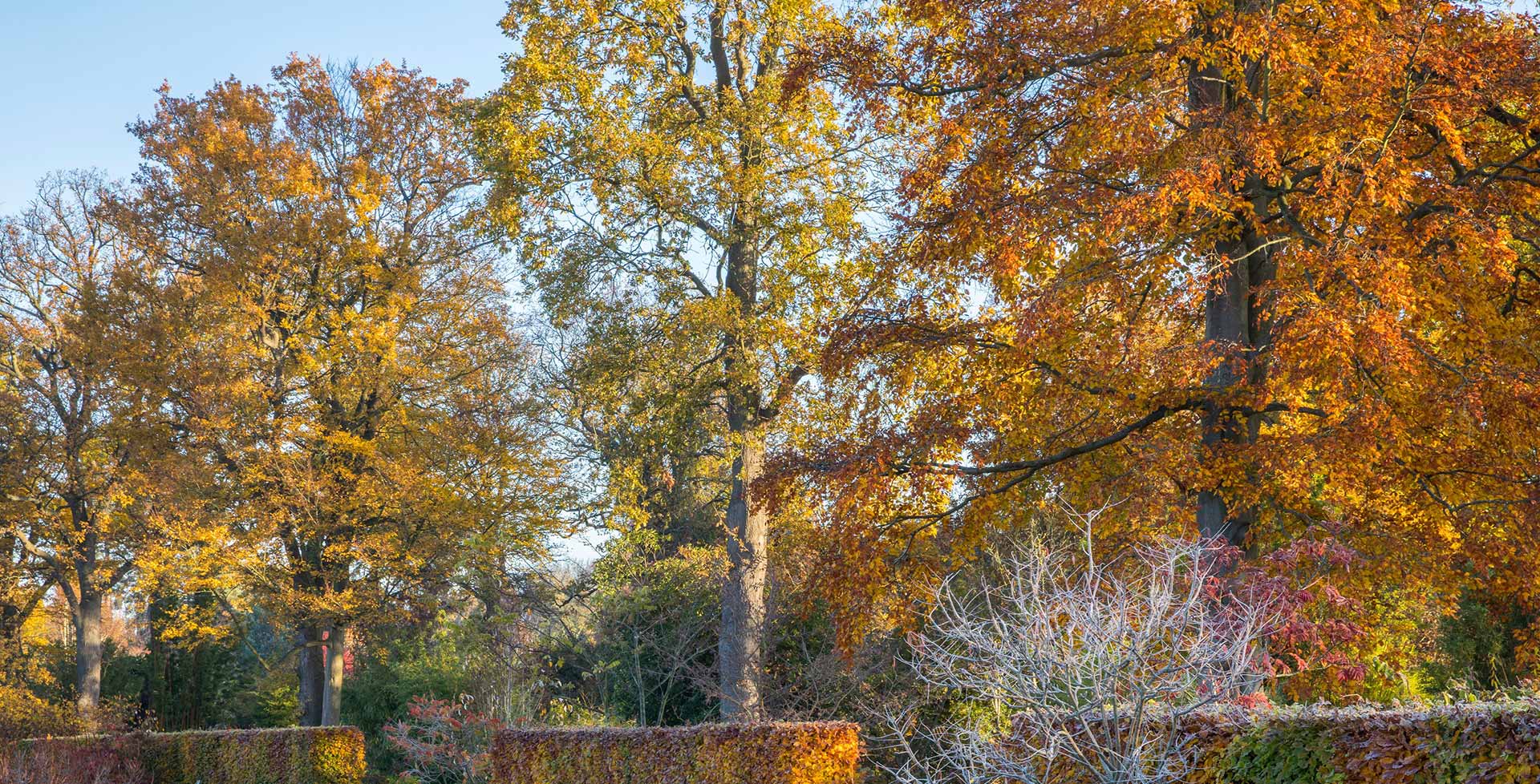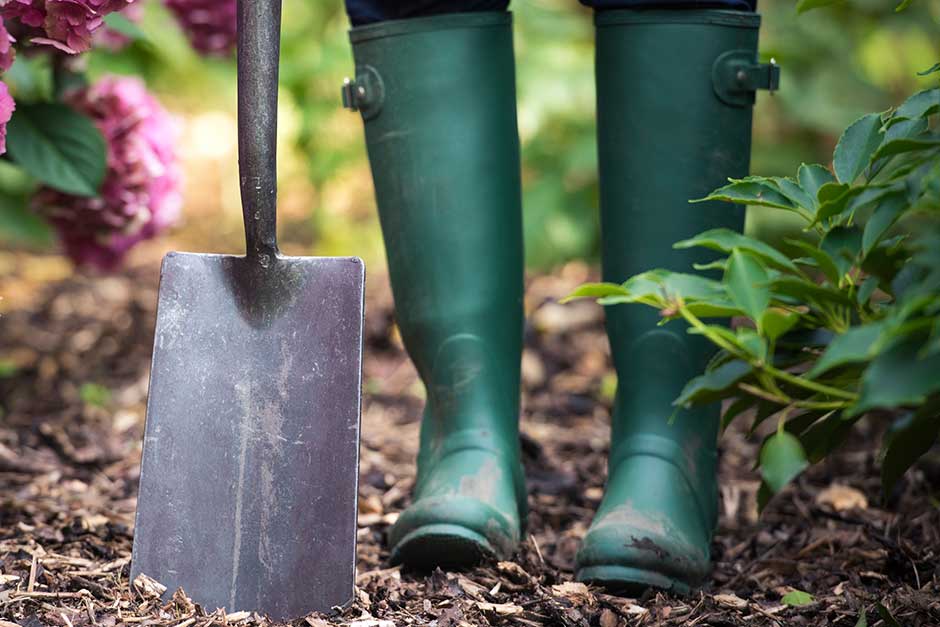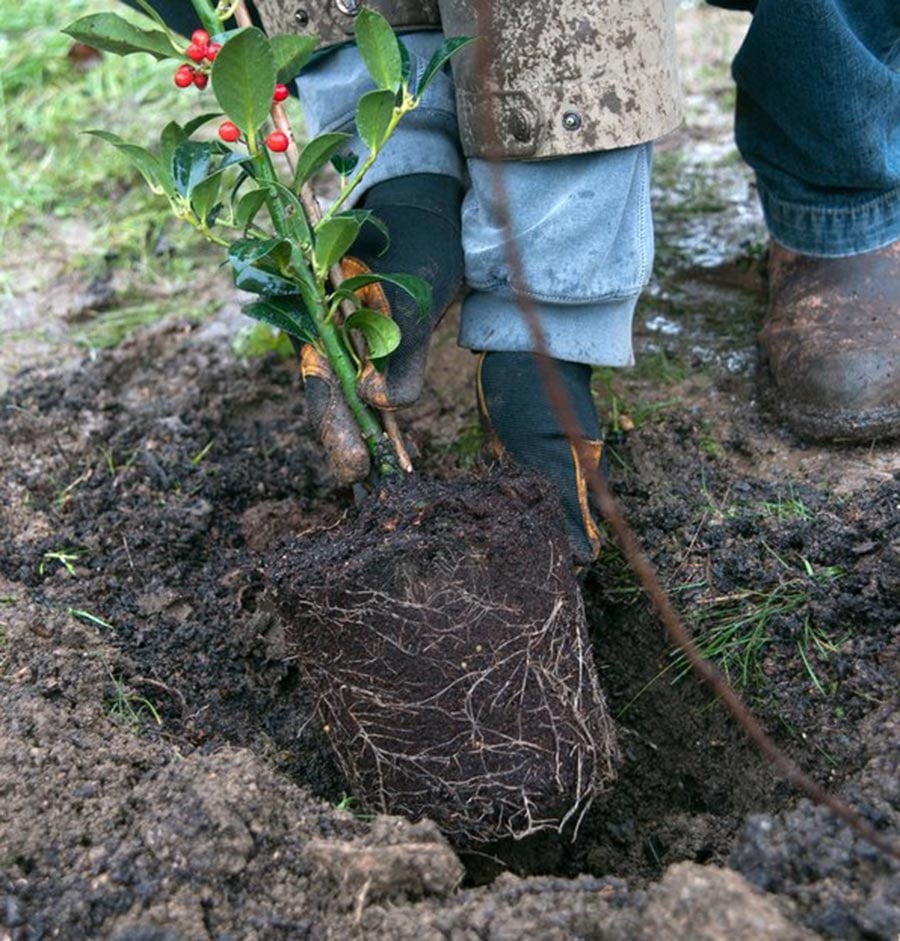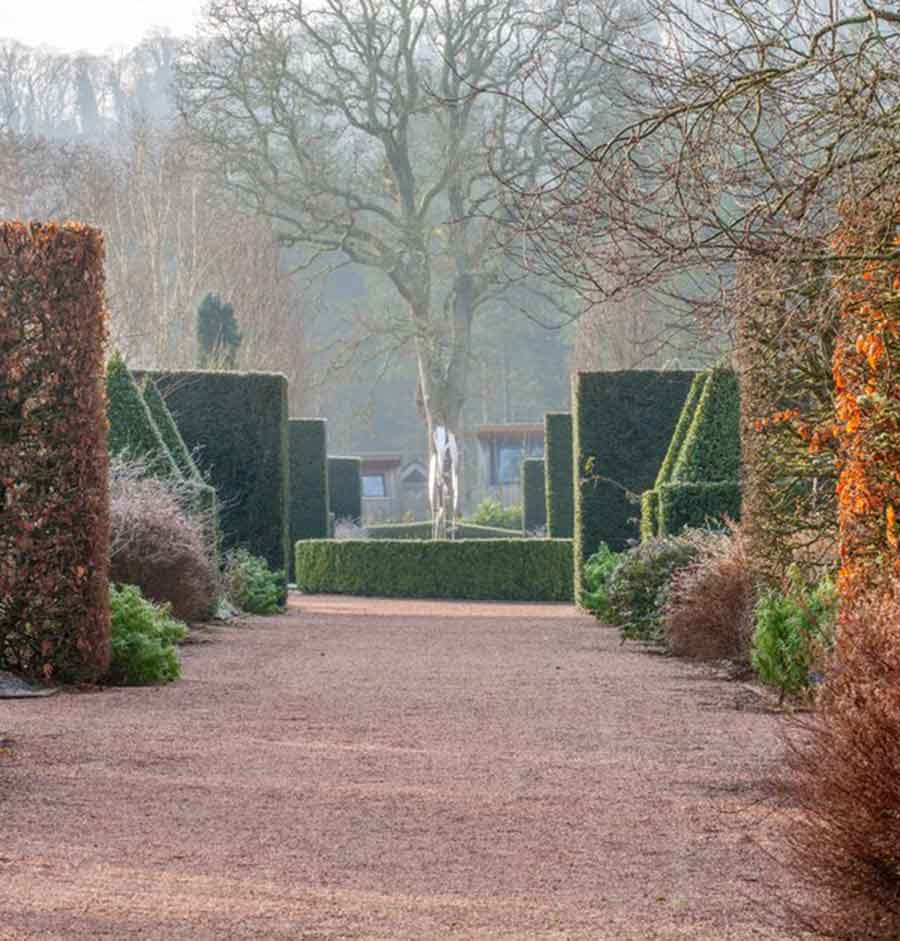
Introducing...
Beech
Botanical name: Fagus
Beeches make large, handsome trees when fully grown, noted for their rich yellow or orange autumn colour. A number of narrow or weeping selections are suitable for gardens. Beech is often used for hedging and, although not evergreen, will retain old brown leaves in winter that provide additional interest and screening.
Looks
Beech typically has smooth grey bark and medium-sized, pleated leaves. These normally spreading trees are up to 25m (80ft) tall, but more compact forms can have narrow upright or teardrop-shaped crowns and some have cut-leaved, purple (copper) or bright yellow (golden) leaves. A few have a weeping habit. Beech hedging looks distinctive from many other deciduous hedges in winter because it keeps the brown leaves from the previous season. However, its appearance is similar to hornbeam.
Likes
Beech will grow in most soils that drain easily, in sun or light shade. Purple forms need full sun. Trees with yellow young foliage are best in partial shade as this reduces sun scorch on the leaves. Tolerates clipping when done from a young age.
Dislikes
They will not tolerate excessively wet or dry soils and young leaves can be damaged by late frosts (choose hornbeam instead for sites prone to these problems). Leaf colour will not be good in deep shade. Mature trees resent hard pruning.
Did you know?
Beech nuts, sometimes referred to as ‘mast’, are produced in autumn and can attract squirrels. Nuts are not normally produced on hedges that are clipped in summer.
Growing guide

How to grow beech
All the information you’ll need to grow & care for beech in your garden.
Beeches we recommend
Fagus sylvatica 'Dawyck Gold'
beech 'Dawyck Gold'
- Higher than 12 metres
- 4–8 metres
Fagus sylvatica 'Dawyck'
Dawyck beech
- Higher than 12 metres
- 4–8 metres
Fagus sylvatica
common beech
- Higher than 12 metres
- Wider than 8 metres
Fagus sylvatica 'Dawyck Gold'
beech 'Dawyck Gold'
- Higher than 12 metres
- 4–8 metres
Fagus sylvatica 'Dawyck'
Dawyck beech
- Higher than 12 metres
- 4–8 metres
Fagus sylvatica
common beech
- Higher than 12 metres
- Wider than 8 metres
Useful advice

Hedges: planting

Pruning hedges

Hedges: selection
Woolly beech aphid
Get involved
The Royal Horticultural Society is the UK’s leading gardening charity. We aim to enrich everyone’s life through plants, and make the UK a greener and more beautiful place.